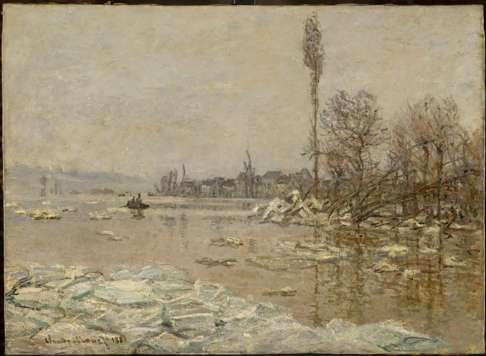
Monet show in Hong Kong charts evolution of artist’s landscapes over 50 years
Big crowds expected for Heritage Museum exhibition which, unlike bigger shows, takes a focused look at how French Impressionist painter captured his impressions of places, and how his art evolved

In 2005, a record 284,000 people braved long queues to see a major exhibition of 50 paintings by Monet, Manet, Degas, Renoir and Cezanne at the Hong Kong Museum of Art.
Since then, art lovers in this part of the world have had many opportunities to see Claude Monet’s paintings up close. In 2014, the K11 shopping mall in Shanghai staged China’s first solo Monet exhibition with 40 of his works. There’s even a multimedia Monet exhibition touring Chinese cities right now – though it only shows digital versions of the paintings.
The international auction houses often bring Impressionist works to Hong Kong to lure potential buyers ahead of auctions in New York and London. Wang Jianlin, chairman of China’s Dalian Wanda Group and Asia’s second-richest man, bought Monet’s Bassin aux nympheas, les rosiers for US$20.4 million in a New York auction last year.
In fact, Bassin aux nympheas, les rosiers is just one of a number of major Impressionist works that Chinese collectors have bought in recent years as they have charged into the modern art market, just like the Japanese did in the 1980s.

Big crowds are expected at a new exhibition of 17 Monets opening this week at the Hong Kong Heritage Museum and which runs until July 11 as part of this year’s Le French May. This city loves the Impressionists.
Of the paintings, 14 are on loan from French museums and three are from one unnamed, private collection in Hong Kong: Route de Giverny en hiver (1885), Effet de printemps à Giverny (1890) and Nymphéas (1907).
Bruno Girveau, curator of the modestly sized show, “Claude Monet: The Spirit of Place”, says his approach is very focused and has, therefore, required the cooperation of around 10 French museums, including the Musée d’Orsay in Paris.
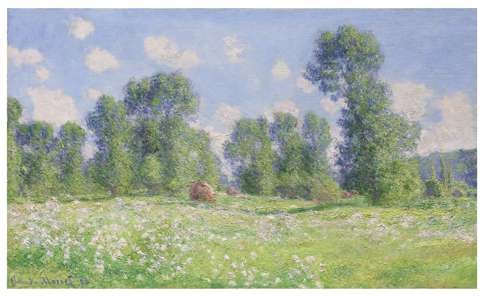
The exhibition – which also features pieces such as The Break-Up of the lce at Vétheuil, facing Lavacourt (1880) and Water Lilies (1907) – is called “The Spirit of Place” because it only shows landscapes that can demonstrate how the artist captured his impressions of different places.
“There are not so many paintings here but I think it’s enough. They are representative of each step of Monet’s artistic development,” he says.
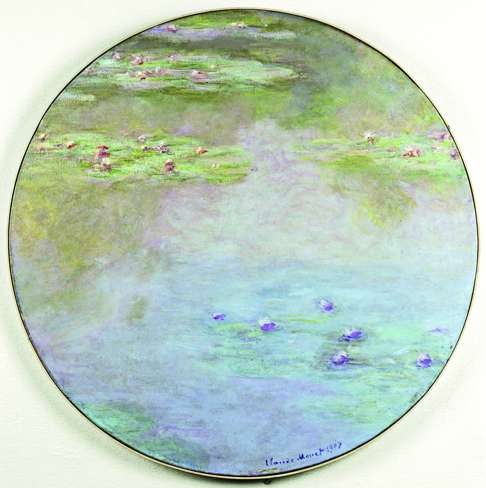
An early work, the 1872 La gare d’Argenteuil, shows a train approaching a station in the city where the still-struggling painter had just moved to, the broad, solid brush strokes and the grey and brown palette a world of difference from his later works.
By comparison, the 1917 Etude de Glycines could be by another hand. “This is more like modern art. The wisteria is floating in air with only the sky as background. The door was opened to modern abstraction,” says Girveau, director of the Palais des Beaux-Arts de Lille.
He also wants to address a common misconception that the Impressionists would literally capture fleeting impressions of a scene in lighting speed.
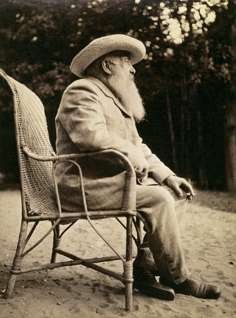
“Monet did not just set up an easel somewhere and finish a painting in two hours. He would spend years repainting the same place, the same point of view, to search for the spirit of the place,” he says. He worked en plein air as much as he did inside his studio, Girveau adds.
Monet wasn’t quite the founder of the Impressionist movement. In fact, the birth of Impressionism had little to do with a certain artistic style. Rather, it technically refers to a group of artists, including Monet, who rebelled against the Paris Salon establishment by staging a group exhibition under that name in 1874, says Professor Greg Thomas, an expert on 18th and 19th century Western art and architecture at the University of Hong Kong.
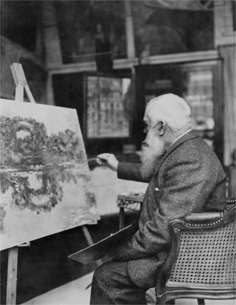
This disparate group of artists, which included Cezanne, Degas, Morisot and Renoir, nonetheless changed Western art forever in a couple of ways.
“They changed what artists represented,” Thomas says. “In general, before the mid-19th century, most artists in France would deal with socially significant subjects: portraits of important people and moral, religious or historic themes.
“The Impressionists started making pictures of ordinary things, people and moments with no moral themes.”
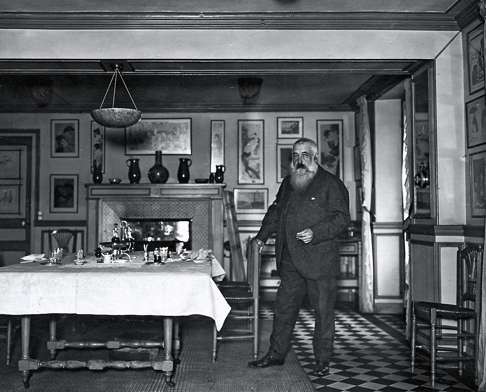
They also changed what images focused on. “Instead of focusing on narratives, they focused on the physical experience, the individual experience of reality. How one sees the colours of the sunset and feels the breeze, for example,” he adds.
The professor believes that the Impressionists’ legacy is that they created a whole new value system that is still alive today. “Most modern art is still about self-expression. That was the big shift,” he says.
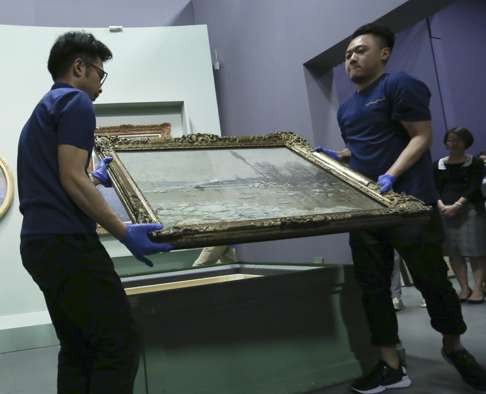
Today, Monet’s style is the one people most associate with Impressionism, and its influence has been phenomenal, according to Thomas. “It had vestiges of influence even in China’s Mao era. Artists in the former Soviet Union took from Monet the looser brushwork, his emphasis on sunny days, shiny bright flowers. They were used in Soviet social realism to make everything look beautiful. That approach was then copied by some Chinese socialist realist art,” he says.
Claude Monet: The Spirit of Place, Hong Kong Heritage Museum, 1 Man Lam Road, Sha Tin, Mon, Wed-Fri 10am-6pm, Sat, Sun and public holidays 10am-7pm. From May 4 until July 11